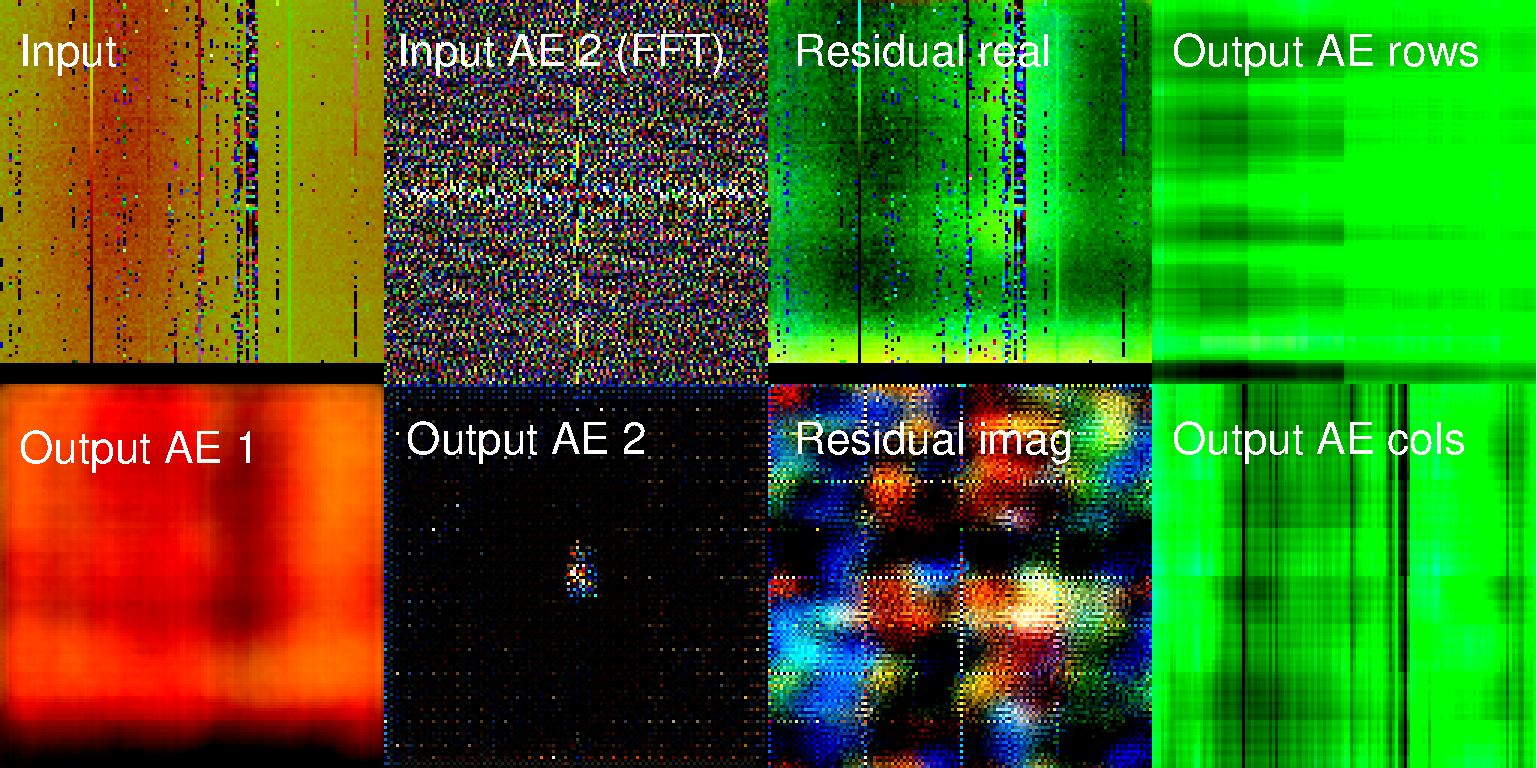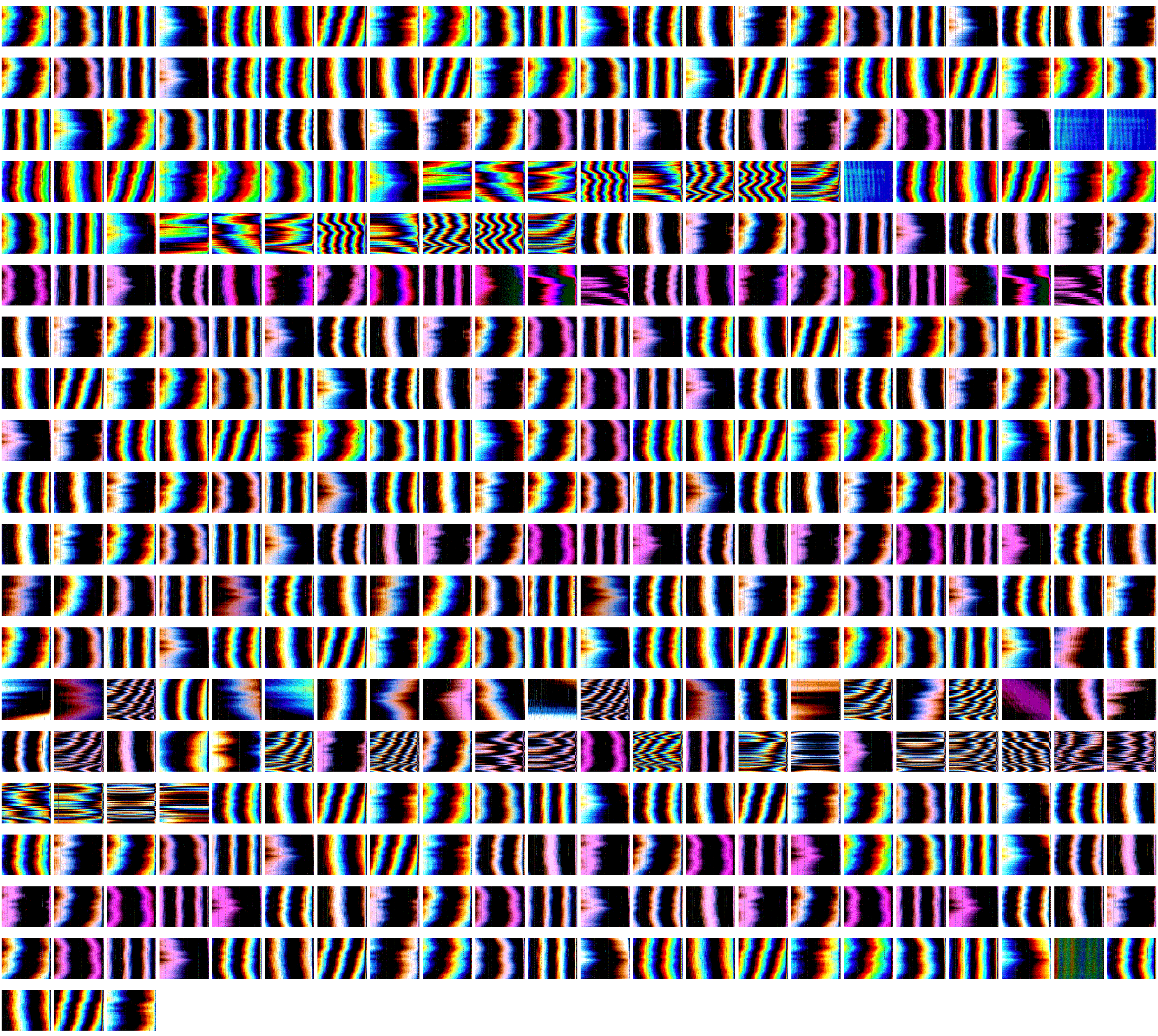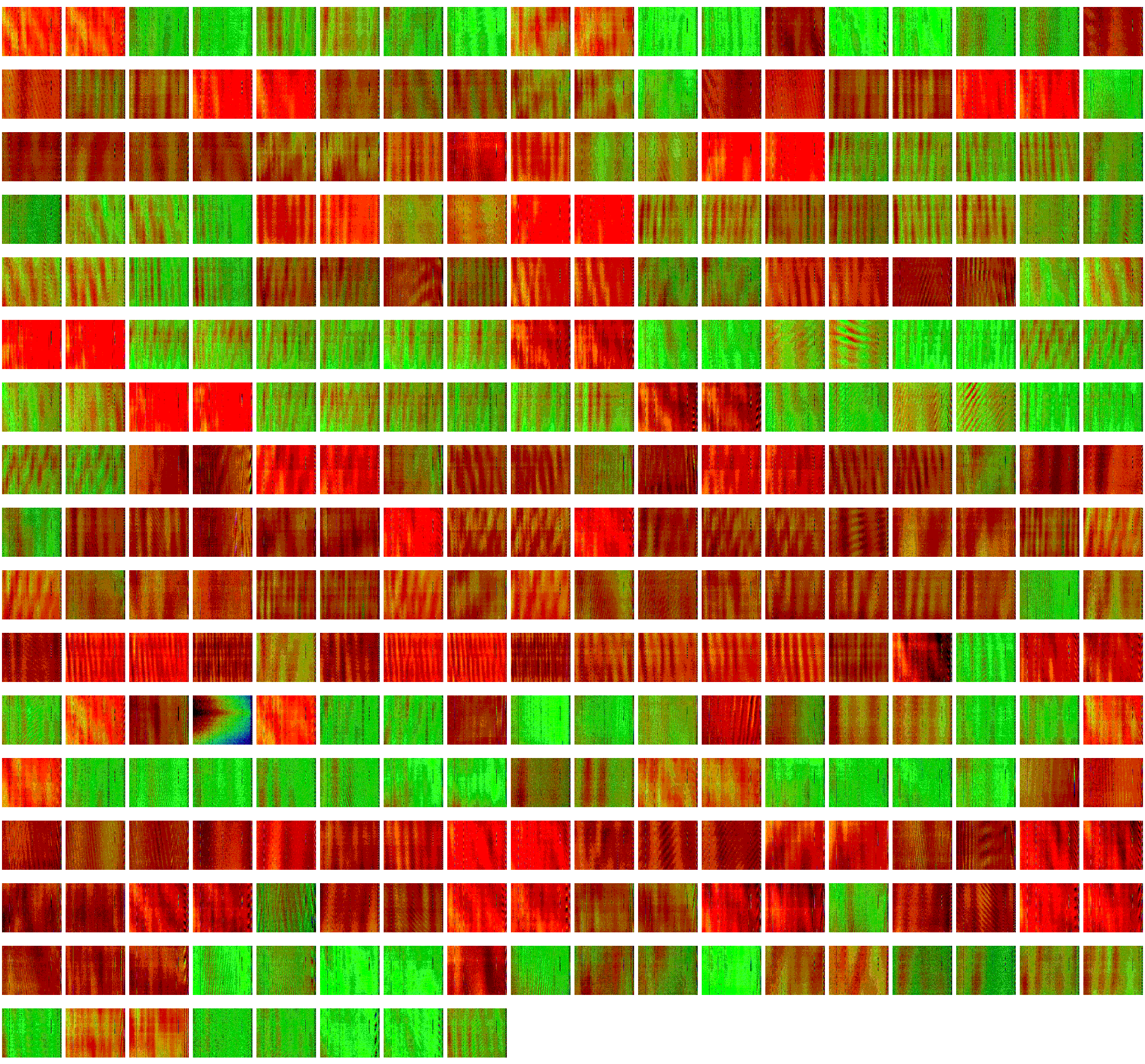We use a cascaded autoencoder duo with k-harmonic clustering to learn features in LOFAR spectrograms. The autoencoders work in the real space and the Fourier space of the spectrograms. We combine Deep K-means and K Harmonic means to implement deep-K-Harmonic means clustering.
Files included are:
lofar_models.py : Methods to read LOFAR H5 data and Autoencoder models.
kharmonic_lofar.py : Train K-harmonic autoencoders (in real and Fourier space) as well as perform clustering in latent space.
evaluate_clustering.py : Load trained models and print clustering results for given dataset.
lbfgsnew.py : Improved LBFGS optimizer.
train_graph.py : Build a line-graph using baselines and train a classifier (Pytorch Geometric).
The above image summarizes the three autoencoders that extract latent space representations and the training scheme with various constraints.
Sometimes Adam will diverge (see figure above), and LBFGS will give a more stable result. Here is a training strategy that will generally work:
- Set alpha=beta=gamma=0.001 (a low value), use Adam for training the autoencoders, a few epochs.
- Increase alpha, beta, gamma (say to 0.01 and thereafter 0.1) and use LBFGS for the remainder of the training.
- Always keep an eye for the k-harmonic loss exploding (as shown in the figure above). Control this by tuning alpha.
- Important: divide the training into three: i) 2D CNN, ii) 1D CNN and iii) K Harmonic model, and iteratively update parameters of each of these models. This will give a stable result.
The above figure shows of an example of the autoencoders in action: top left: input x, bottom left: output xhat of the first autoencoder, top right: input y, bottom right: output yhat of the second autoencoder.
Below is one example, the first figure shows the t-SNE plot, and following that, the spectrograms for two closest cluster ids.





